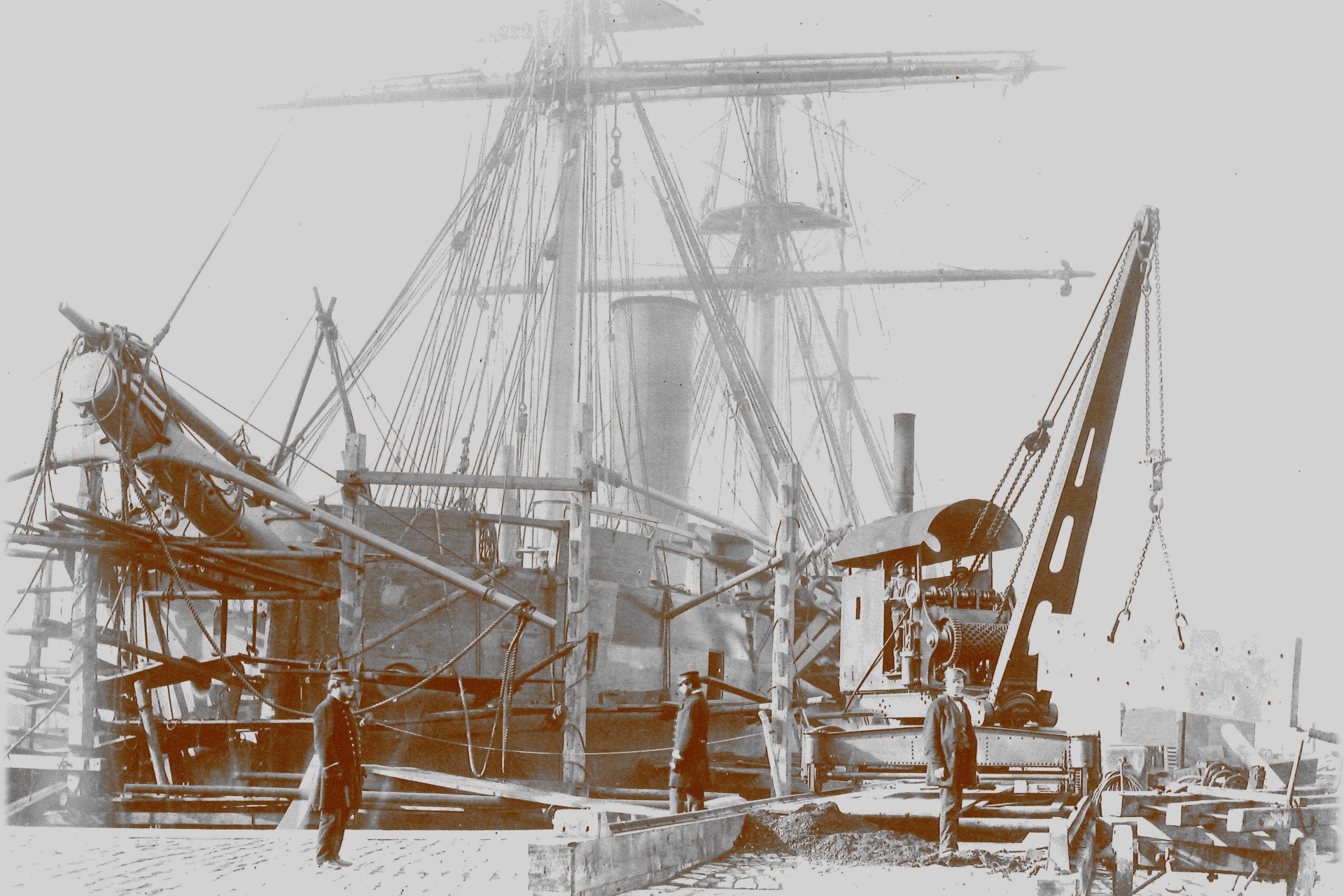This major AHRC project started in September 2020 and ran until the end of 2022. Its aims were to explore the use of sound in heritage contexts and to recreate soundscapes of the past. The project emanates from soundscape studies and examines the sound environments of past incarnations of the Chatham Historic Dockyard.
The project sought to investigate the role of sound in influencing our experience of spaces and places, focusing on heritage sites and using the Chatham Historic Dockyard as a case study. The project explored how sound can be utilised within heritage contexts to immerse and engage members of the public, providing alternative interpretations of space and place through aural means and revealing new forms of engagement with significant sites.
This investigation was approached through the development of site-sensitive works, with empirical data collection of audience experience providing critical feedback on theory and practice.
A series of outputs were delivered including a digitised electronic audio archive (from archival recordings held by the Chatham Historic Dockyard Trust), music compositions and sound installations within the Dockyard Museum, a public project website, interactive projects for secondary school students, publications and presentations at international conferences.
The case study of Chatham Dockyard offered a unique opportunity to explore these notions, providing diverse and compelling physical spaces and a rich heritage which has evolved over the last 400 years to reflect at all times the latest technological and industrial innovations of the eras – from sail to steam to nuclear technologies. While the visual fabric of the buildings remains, the sounds of human activities have long since been silenced. This project provided an opportunity to reawaken these lost sounds and to rediscover a rich industrial heritage through fresh ears.
